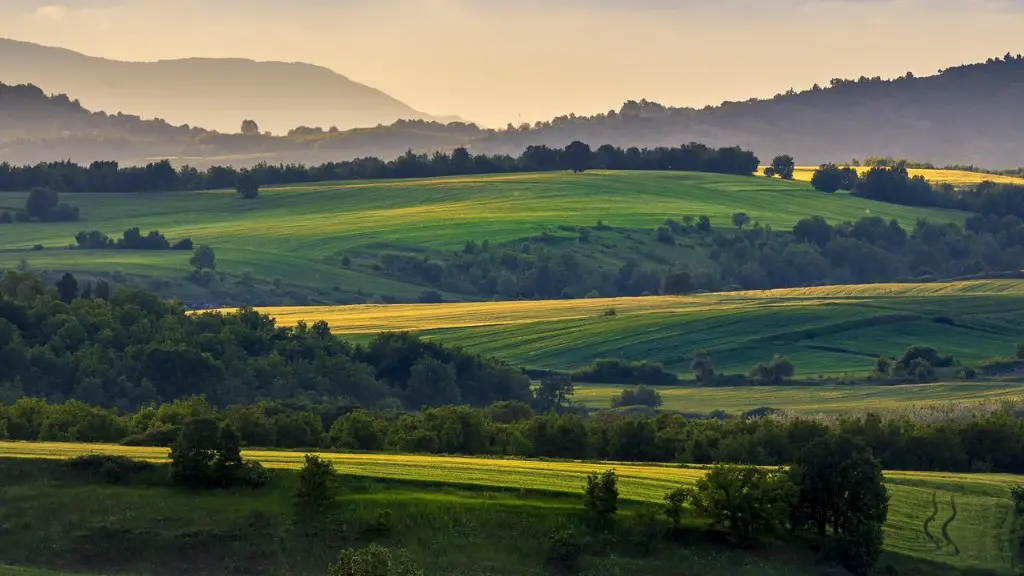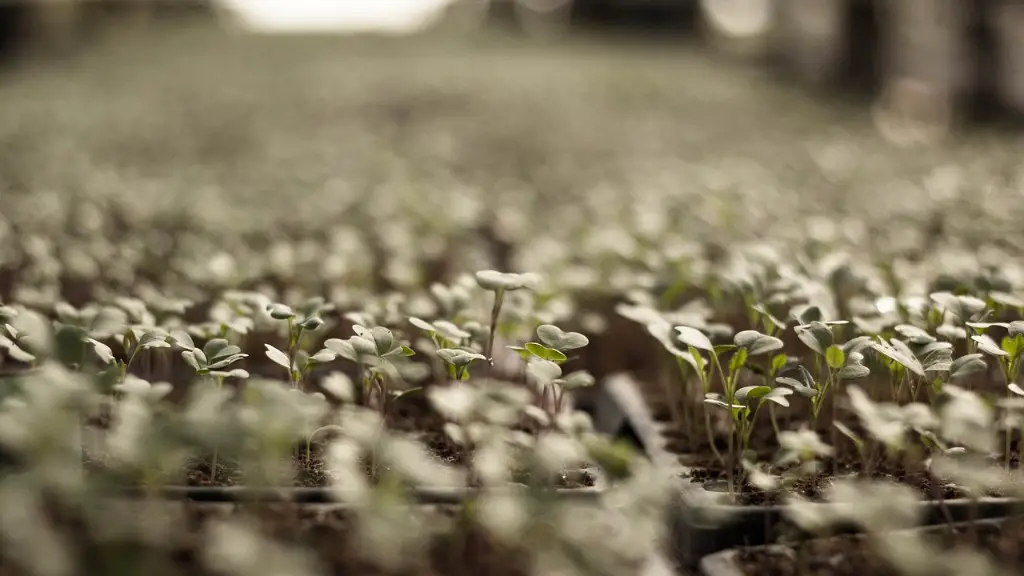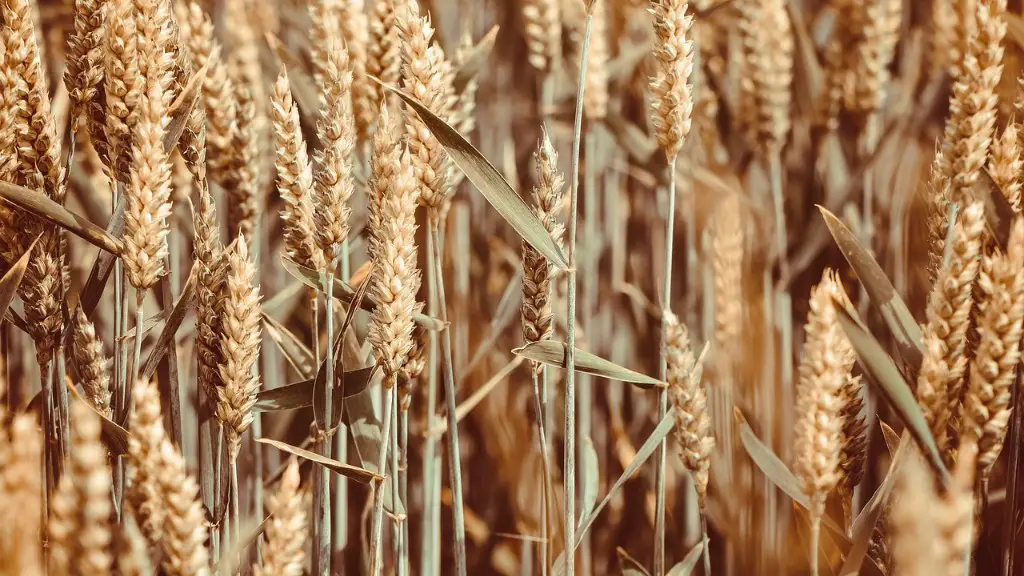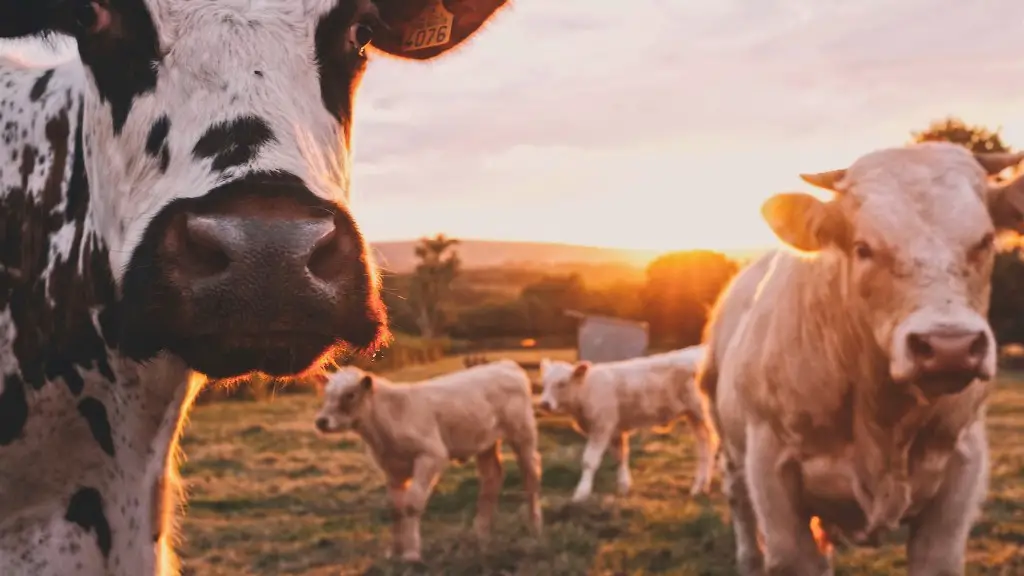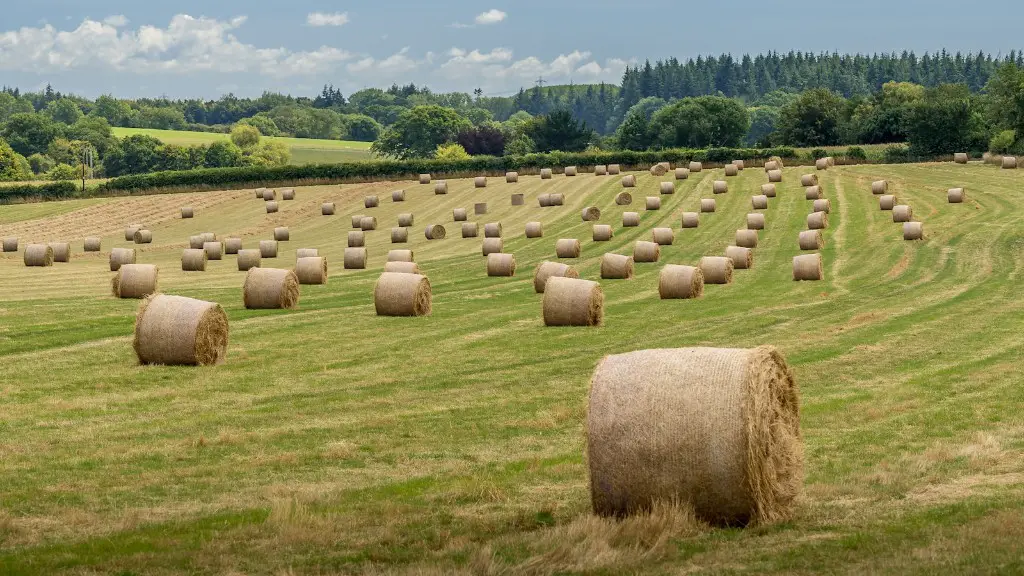update:
Deforestation is a problem that has plagued our planet for centuries. The loss of forests has had devastating effects on our environment and the wildlife that inhabit them. However, there are things that we can do to reduce deforestation in agriculture. By using more efficient agricultural practices, we can help to preserve our forests and the many benefits they provide.
The leading cause of deforestation is conversion to agricultural land, including pasture, soybeans, palm oil, and pulpwood plantations. Agricultural expansion is a key driver of deforestation in the Amazon, as well as in Indonesia and Central America. To reduce deforestation in agriculture, we must first address the underlying causes, such as the demand for soybeans and beef, as well as the development of new farmland. agricultural conversion. We can also take steps to improve forest management practices, such as promoting forest certification, and increasing the use of efficient timber harvesting systems.
How can we solve deforestation in agriculture?
We can all play a part in protecting forests by making more sustainable choices in our everyday lives. Reducing consumption, avoiding single-use packaging, and choosing recycled or responsibly-produced wood products are all great ways to help out. Plus, by eating sustainable food, we can also help protect these important ecosystems. So let’s all do our part to make a difference – for forests, nature, and people.
You can contribute to the efforts against deforestation by doing these easy steps:
1. Plant a Tree where you can
2. Go paperless at home and in the office
3. Buy recycled products and then recycle them again
4. Buy certified wood products
5. Support the products of companies that are committed to reducing deforestation
How can we reduce the environmental impact of agriculture
Agricultural practices that reduce tillage, expand crop rotations, plant cover crops, and reintegrate livestock into crop production systems have been shown to reduce the agricultural sector’s own carbon footprint. In addition, these practices can capture excess carbon generated by other industries, offsetting their emissions. As a result, these climate-friendly agricultural practices can make a significant contribution to mitigating climate change.
There are a number of ways that farmers can fight climate change, including:
1. Efficient irrigation management – using irrigation techniques that conserve water can reduce the amount of water needed for crops, which can in turn reduce the greenhouse gas emissions associated with agriculture.
2. Renewable energy – using renewable energy sources like solar and wind power can help offset the emissions from farming operations.
3. Organic practices – using organic farming practices can help reduce the use of synthetic fertilizers and pesticides, which can lead to fewer emissions.
4. Increasing soil health – healthy soils can sequester more carbon, which can help offset emissions from farming.
5. Keeping agriculture green – using cover crops and other green practices can help keep the soil healthy and reduce emissions.
6. Reducing livestock methane emissions – methane is a powerful greenhouse gas, and reducing emissions from livestock can have a significant impact on climate change.
7. Pasture-based livestock management – pasture-based livestock management can help reduce emissions by allowing animals to graze on grasses and other plants, which sequester carbon.
8. Protecting farmland – protecting farmland from development can help keep carbon in the ground and prevent emissions from deforestation.
How is agriculture causing deforestation?
Agribusiness is the leading cause of deforestation worldwide, as huge areas of forest are burned or cleared to make space for crops and livestock. This has a devastating impact on the environment, as trees play a vital role in absorbing carbon dioxide and other greenhouse gases. Deforestation also leads to soil erosion, which can damage agricultural productivity and lead to water pollution.
The new study published on 8 September 2022 in the leading journal Science finds that between 90% and 99% of all deforestation in the tropics is driven directly or indirectly by agriculture. Yet only half to two-thirds of this results in the expansion of active agricultural production on the deforested land.
The study’s authors say that this “agricultural expansion gap” could be reduced through a combination of better land-use planning, more efficient agricultural production, and policies that discourage conversion of forestland to agriculture.
What are solutions to prevent deforestation?
You can make a difference in the fight to save forests and wildlife by making informed choices on a daily basis. Using ecofriendly products, eating sustainable foods, recycling more, and conserving water and energy can help lead towards zero deforestation. What matters most is that you take action and do something, even if it’s just one small thing. Every little bit helps!
Mark Jones believes that we can increase crop yields by developing high-yield crops, boosting irrigation, increasing the use of fertilizers, and improving market access, regulations, and governance. He also believes that we can make better use of information technology and adopt genetically modified (GM) crops. Finally, he believes that we need to reform land ownership with productivity and inclusiveness in mind.
What are two ways we can reduce agricultural waste
Reducing waste is important for several reasons. It conserves resources, saves money, and reduces pollution.
The most efficient way to reduce waste is to prevent it from being produced in the first place. This can be done by buying fewer products and choosing products that are durable and easy to repair.
Recycling is another important way to reduce waste. Recycling involves reprocessing materials so that they can be used as raw materials for another industry.
Farm and household waste can be sorted into recycle bins for responsible disposal. By doing this, we can reduce the amount of waste that ends up in landfills.
The three main principles of conservation agriculture are minimum soil disturbance, crop diversification, and permanent soil cover. These principles help to protect the environment and to reduce both the impacts of climate change on agricultural systems (adaptation) and the contribution of the agricultural practices to greenhouse gases.
What are 4 ways farmers can adapt to climate change and generate income?
The world’s food system is in a state of crisis. The area of land required to feed the world’s current population is already greater than what is available, making it clear that we need to find ways to make our existing land more productive.
One way to do this is by adopting sustainable pasture and livestock management systems. This would include practices such as rotational grazing, which can help improve the health of the soil and the plants that grow in it. It would also involve investing in more efficient water usage, including irrigation practices that reduce wastage.
Another way to boost farming efficiency is by testing and adopting new technologies. This could include precision farming techniques that help farmers to better target their inputs, or new types of livestock feed that are more efficient and reduce methane emissions.
Reducing methane emissions from agriculture is critical to tackling climate change. Livestock are a major source of methane, so measures to reduce emissions from this sector need to be a priority. This could involve using alternative feeds for livestock, or installing methane digesters which capture the methane and turn it into energy.
There are many different mitigation practices that farmers can choose from in order to help reduce their impact on the environment. Some of these practices include tree planting or agroforestry, easy to assemble energy saving stoves, tree conservation and restoration, and beekeeping. By implementing even just a few of these practices, farmers can make a big difference in reducing their impact on the environment and helping to protect our planet.
How agriculture can positively impact greenhouse emissions
No-till farming reduces the amount of times equipment crosses the fields, which reduces the amount of greenhouse gas emissions. Animal-raising techniques that include rotational grazing, deep-bedding animals and composting manure also reduce greenhouse gas emissions.
Slash-and-burn agriculture is a major contributor to deforestation in the tropics. With this agricultural method, farmers burn large swaths of forest, allowing the ash to fertilize the land for crops. The land is only fertile for a few years, however, after which the farmers move on to repeat the process elsewhere.
This cycle of slash-and-burn agriculture is a major driver of deforestation in the tropics, as it results in the clearing of large areas of forest. In addition, the use of fire to clear the land can also lead to air pollution and other environmental problems.
Why is agriculture the biggest driver of deforestation?
Beef production is one of the leading causes of deforestation in the world’s tropical forests. The conversion of forest ecosystems to pasture or cropland for beef production generates more than double the amount of greenhouse gas emissions than the production of soy, palm oil, and wood products combined. The clearing of forests for beef production also contributes to habitat loss and biodiversity decline. The demand for beef is a major driver of deforestation, and it is important to be aware of the impacts of beef consumption on the environment.
Farming productivity can be improved in a number of ways, including implementing land reforms, planting more densely, planting many crops, raised beds, smart water management, heat tolerant varieties, and using nitrogen.
Final Words
1. Use more efficient agricultural practices that require less land.
2. Encourage farmers to adopt agroforestry, a land management system that combines trees and crops.
3. Support initiatives that promote responsible resource management and discourage deforestation.
4. Increase investment in reforestation and afforestation projects.
There are many ways to reduce deforestation in agriculture, but some of the most effective include using more efficient farming practices, planting trees, and protecting natural forests. More efficient farming practices can help reduce the amount of land that is needed for agriculture, while planting trees can help replace lost forests. Protecting natural forests is also important in reducing deforestation, as these ecosystems provide valuable habitats for wildlife and help to store carbon.
